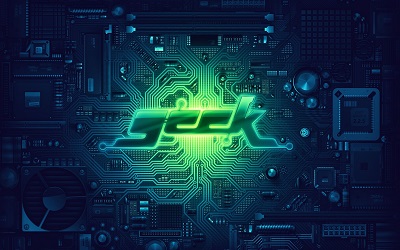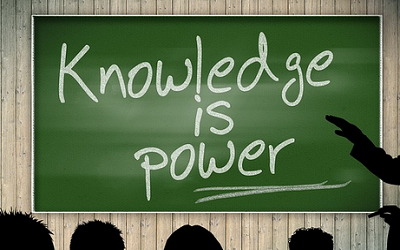雅思写作口语素材需要平时积累,今天墨尔本文波雅思就为大家分享一篇关于数字化文物的文章,希望大家从中学习地道的搭配
“The memory of the world”: British attempts to save endangered Middle Eastern artefacts
How much history did Isis burn in Mosul’s central library earlier this year? It seems grimly appropriate that it is difficult to find evidence to verify the worst estimates of 1,500 manuscripts and 100,000 books destroyed.
We are perhaps more used to states marking their territory by taking custody of the archives of weaker powers, even when that, in effect, amounts to kidnap (带插入语的句子;to amount to无异于…). The British Library has material from all over the world collected during the days of empire; by 1979, however, Philip Larkin, a librarian as well as a poet, was trying to stop the flow of British literary manuscripts to the US.
Taking custody isn’t always a protective measure. Israel holds 6,000 Palestinian books and manuscripts collected from western Jerusalem after its victory in the 1948 war, but destroyed 24,000 it considered irrelevant or hostile.
According to the book From Dust to Digital, edited by Maja Kominko and published in February to mark the tenth anniversary of the British Library’s Endangered Archives Programme (EAP), we now live in a “post-custodial” age. The programme removes nothing from its original location, so communities retain the ability to tell their own histories. Instead, money from the charitable Arcadia Fund is used to give grants to help people digitise at-risk or inaccessible material(博物馆、图书馆、和高科技题材都可能会用到,注意动词digitise数字化); the scanned images then go to the nearest possible institution and on to the Endangered Archives website (eap.bl.uk). The 19th-century copy of an Islamic poem printed above is one of “four million individual windows into the human past” gathered over the past decade: a photoshopping together of two of the 87,658 individual photographs of manuscripts taken in the library of al-Aqsa Mosque in Jerusalem.
If the numbers are difficult to comprehend, so is the history they reflect(so引导的倒装句,简介地表示也…). Because the origins of Judaism, Christianity and Islam overlay it at different angles, the land around the library is perhaps the most fought over in the world. In 2000, Ariel Sharon’s visit to the Temple Mount, a few metres away, triggered the five-year-long Second Intifada, which killed as many as 4,000 people.
Al-Aqsa’s collection of (the collection of sth意为…的藏品)Islamic manuscripts is one of the most important in the world, according to Unesco. Its newspaper archives also show the Palestinian perspective on the rising numbers of Jewish settlers, the 1917 Balfour Declaration in support of a Jewish state, British control between 1917 and 1948 and what Palestinians call al-Naqba (“the catastrophe”): the 1948 conflict that passed most of the area into Israeli control. Now they can browse its library from anywhere with an internet connection. Although the mosque is administered by a Jordanian trust, Palestinians can gain access to it only with a permit – or, during one of the many outbreaks of violence, not at all.
So far, the EAP has given out £6m in 244 grants and has received images of a vast compendium of medieval Jewish life known as the Cairo Genizah, beautiful illuminated manuscripts by Ethiopian Christians, ethnographic photographs of Soviet Siberia and scrolls that survived (这里指在战乱中留存下来)the annihilation of the northern Chinese Tangut people in the 13th century. There has been nothing, as yet, from Iraq. For much of the world, the “British” in the project’s title contradicts the “post-custodial” ideal.
“If this is the memory of the world,” the EAP argues, “the world needs [to be able] to access it.” Accordingly, all of the material is freely available, and captioned (有说明文字的)in five languages. It’s easy to get carried away: the UN estimates that only 40 per cent of the world’s population has access to the internet, and, whatever the precautions, we have no way of knowing how long these images will outlast (A outlast B,A比B存在得更久;描述人的话有outlive)their physical counterparts. Yet, for the foreseeable future, the EAP represents a new kind of archive – a utopian monument to curiosity.





